 September 4, 1997: The writing is on the wall for Apple’s Newton product line as the recently returned Steve Jobs effectively kills the Newton Inc. spinoff.
September 4, 1997: The writing is on the wall for Apple’s Newton product line as the recently returned Steve Jobs effectively kills the Newton Inc. spinoff.
He tells executives at the recently spun-off company not to bother moving into their new offices. The flip-flop on the Newton spinoff by Apple’s new interim CEO takes employees by surprise.
It’s quite the turnaround for the Newton division. Only months earlier, Apple portrayed it as large (and successful) enough to become its own company.
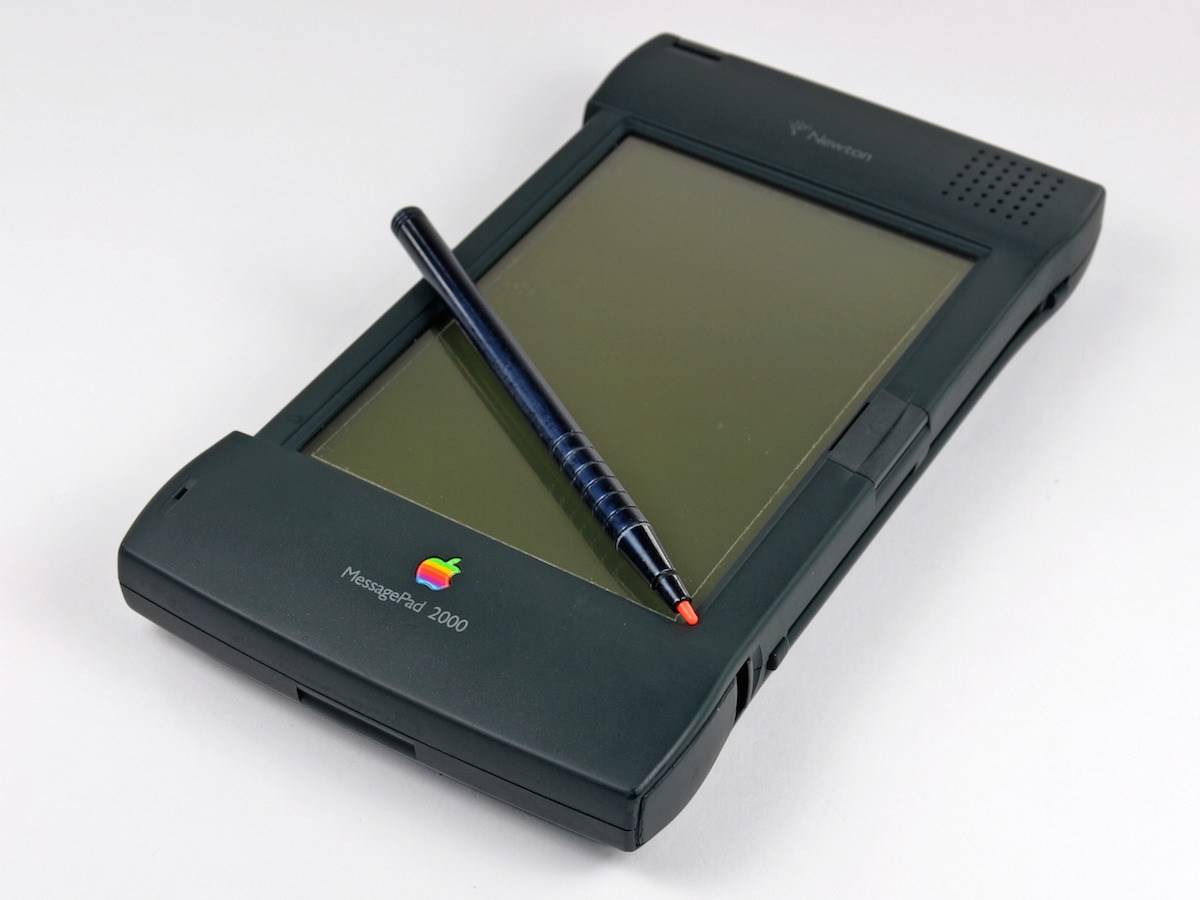


 September 3, 1982: The US Festival, an extravagant music and technology event staged by Apple co-founder
September 3, 1982: The US Festival, an extravagant music and technology event staged by Apple co-founder 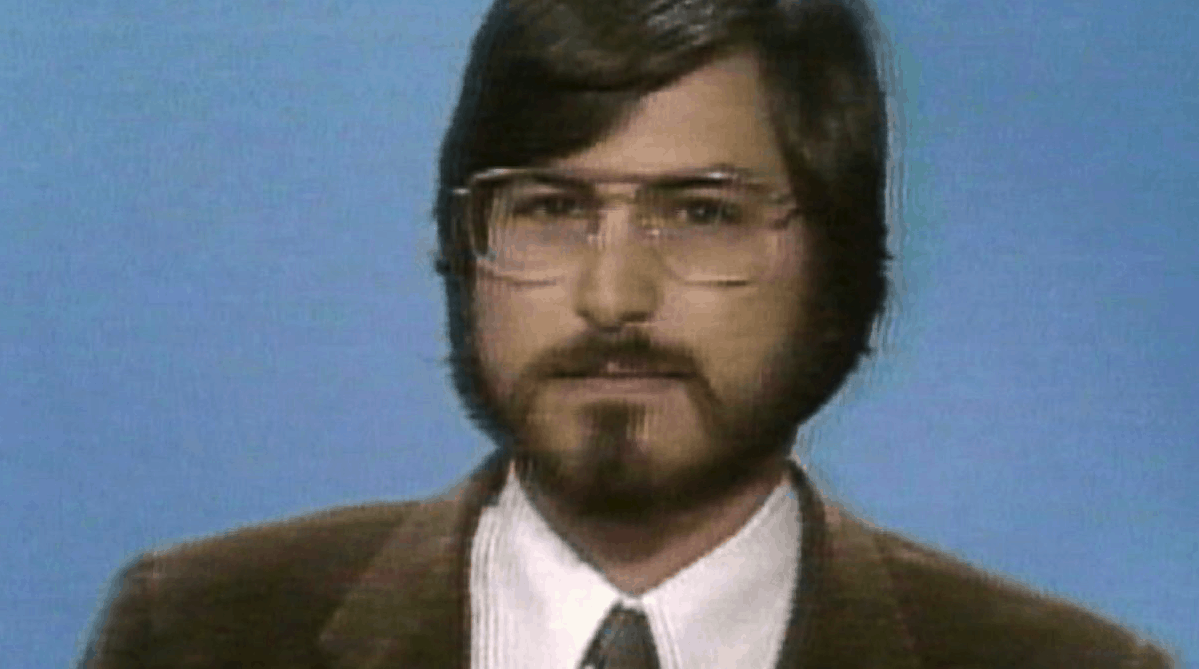
 September 2, 1985: Reports claim Apple co-founder
September 2, 1985: Reports claim Apple co-founder 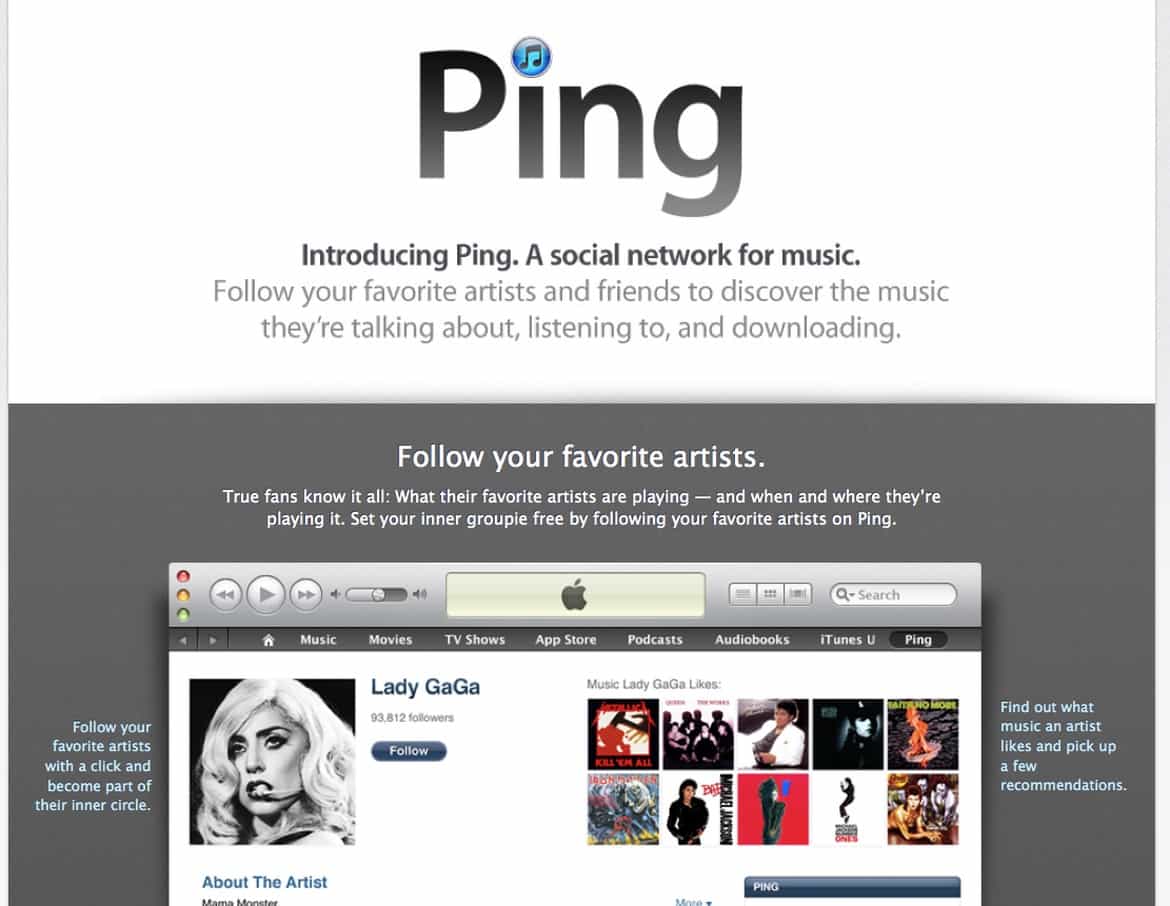
 September 1, 2010: Apple’s new music-focused social network, Ping, ships as part of iTunes 10. Apple says the service will let users discover new music and more easily follow their favorite artists.
September 1, 2010: Apple’s new music-focused social network, Ping, ships as part of iTunes 10. Apple says the service will let users discover new music and more easily follow their favorite artists.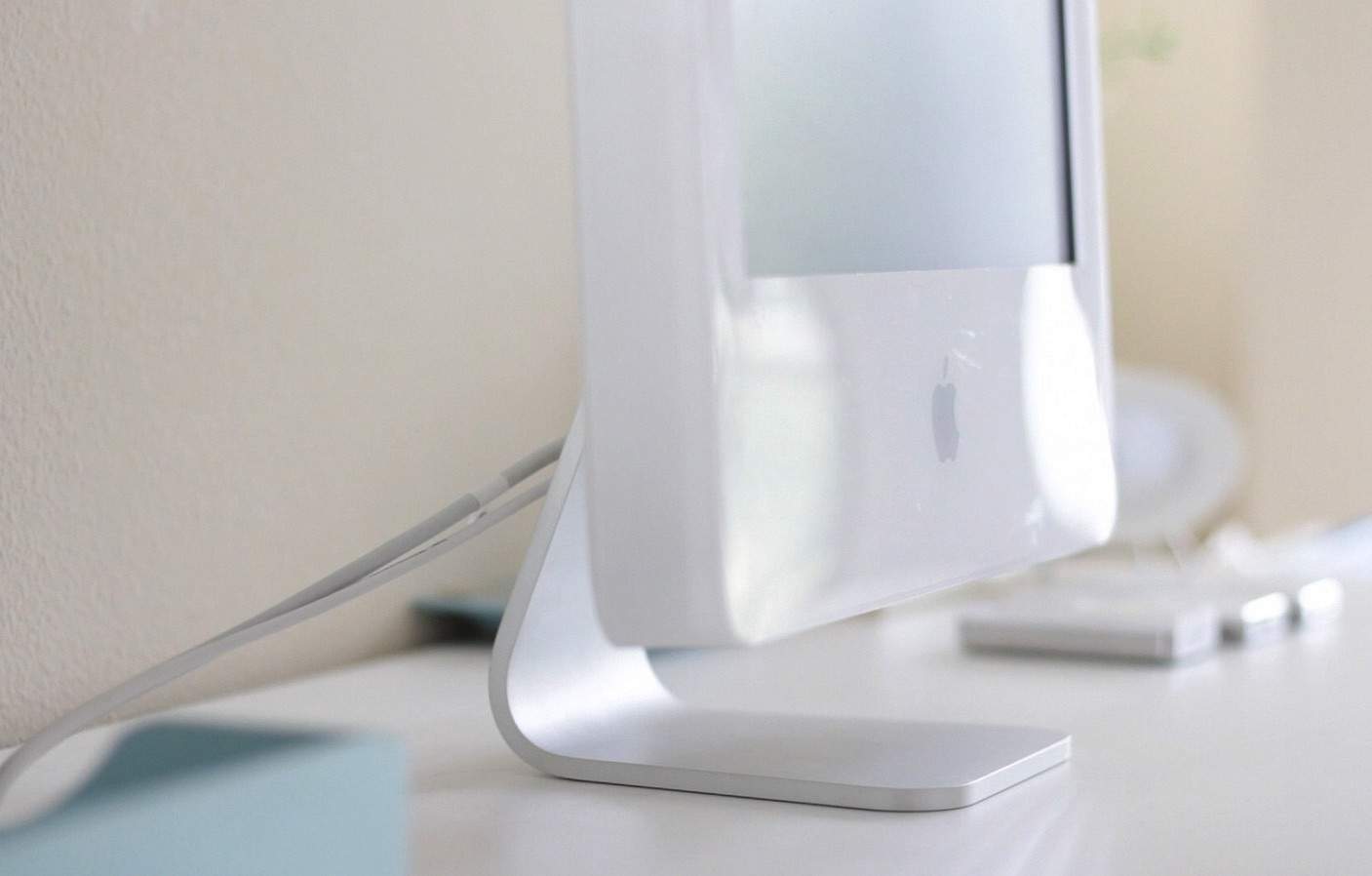
 August 31, 2004: Apple launches the iMac G5, a distinctive, white plastic computer that looks a little like the world’s biggest
August 31, 2004: Apple launches the iMac G5, a distinctive, white plastic computer that looks a little like the world’s biggest 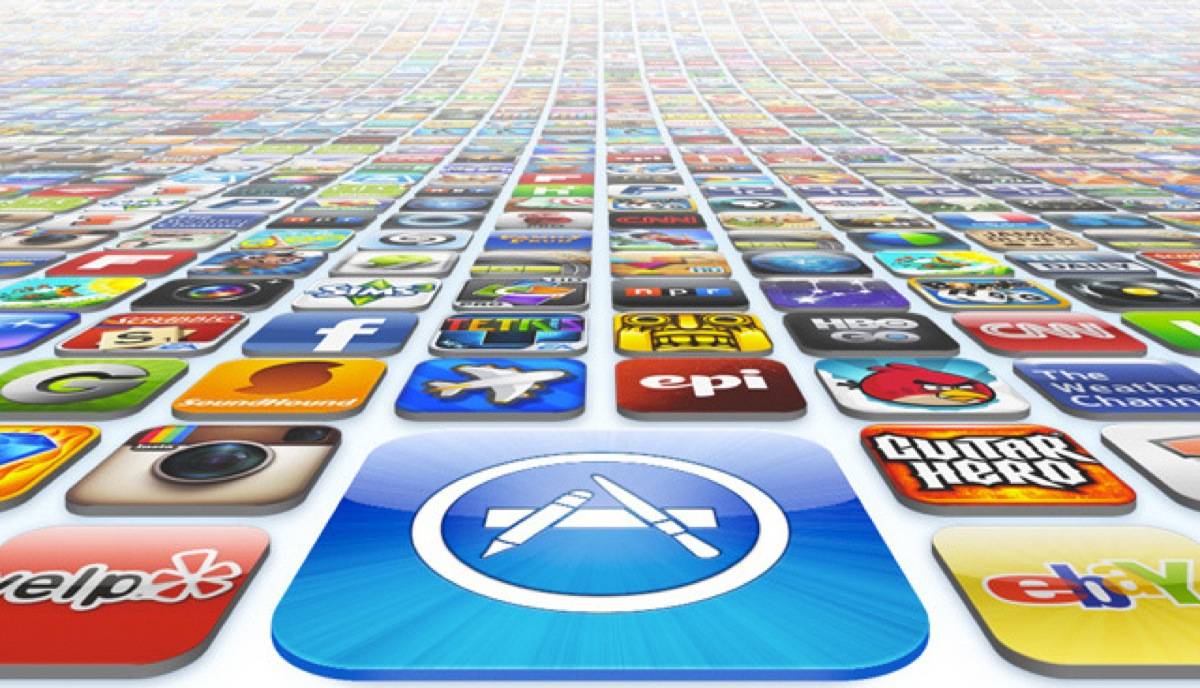
 August 30, 2010: Just two years after
August 30, 2010: Just two years after 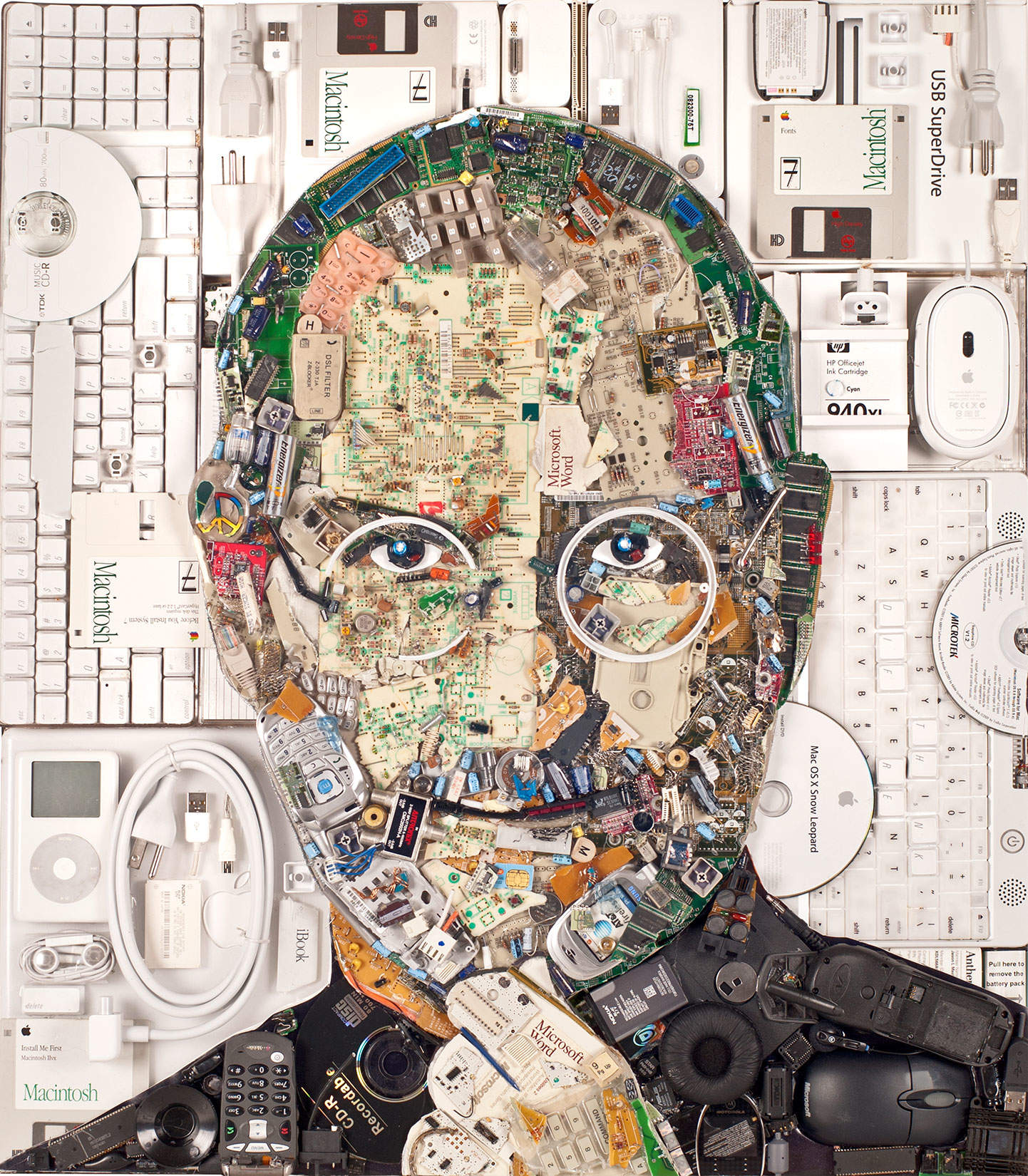
 August 29, 2001: During a meeting, Apple’s board of directors awards CEO
August 29, 2001: During a meeting, Apple’s board of directors awards CEO 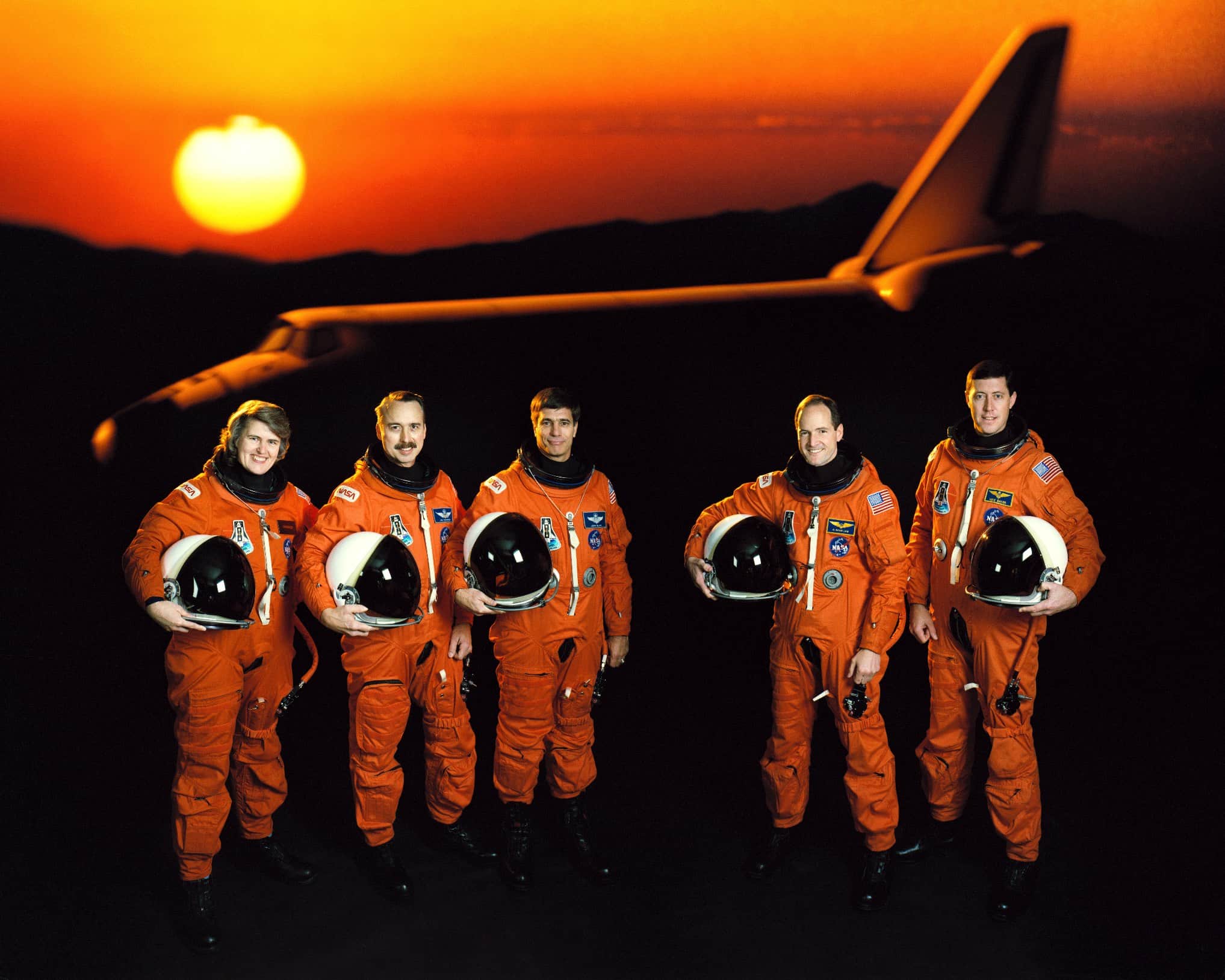
 August 28, 1991: Astronauts send the first email from space using a Macintosh Portable and AppleLink software.
August 28, 1991: Astronauts send the first email from space using a Macintosh Portable and AppleLink software.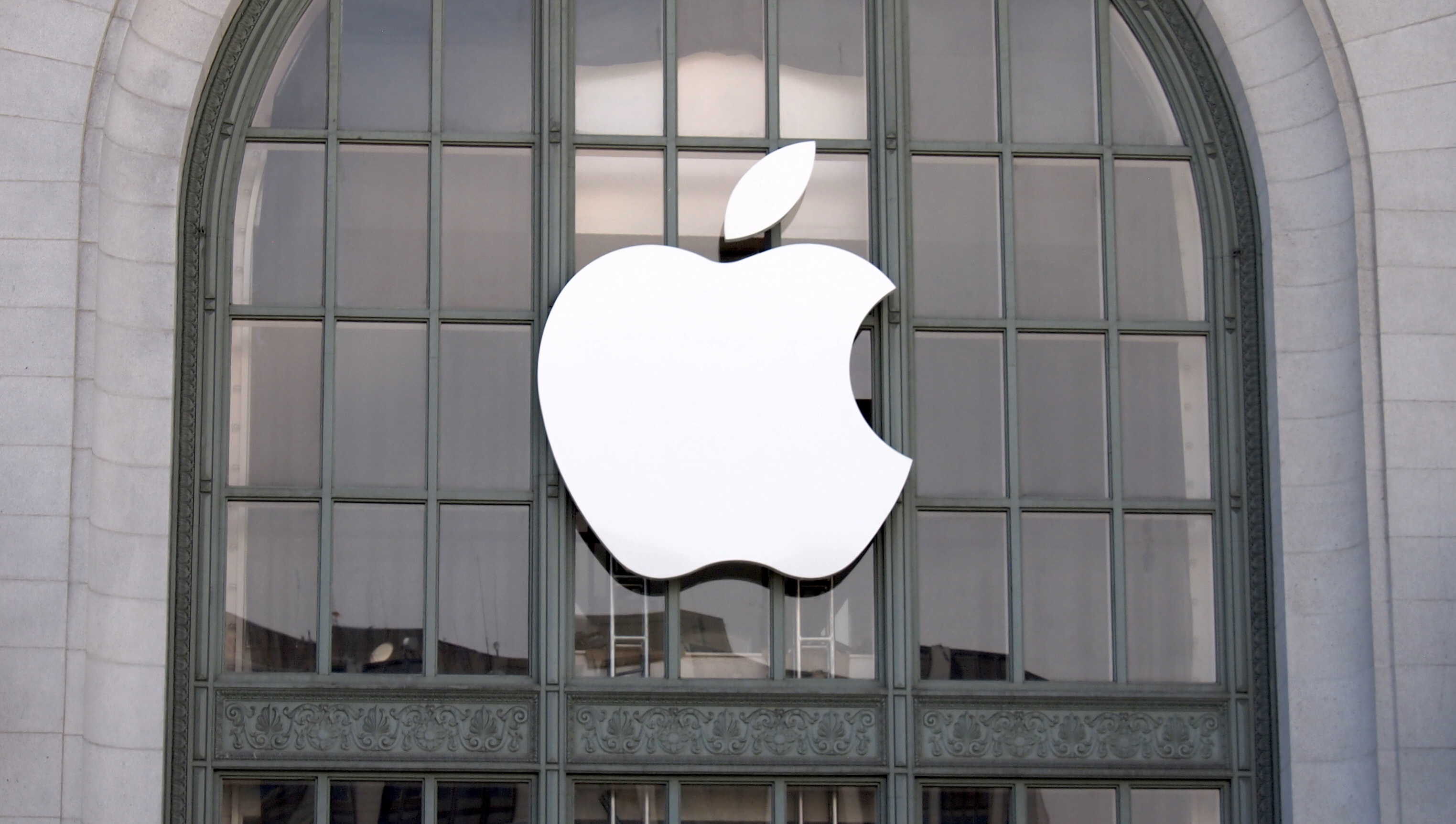
 August 27, 1999: Apple Computer swaps out the striped, multicolored logo the company had used since 1977 for a new single-color version. The evolution of the iconic Apple logo from rainbow to monochrome shocks many longtime fans.
August 27, 1999: Apple Computer swaps out the striped, multicolored logo the company had used since 1977 for a new single-color version. The evolution of the iconic Apple logo from rainbow to monochrome shocks many longtime fans.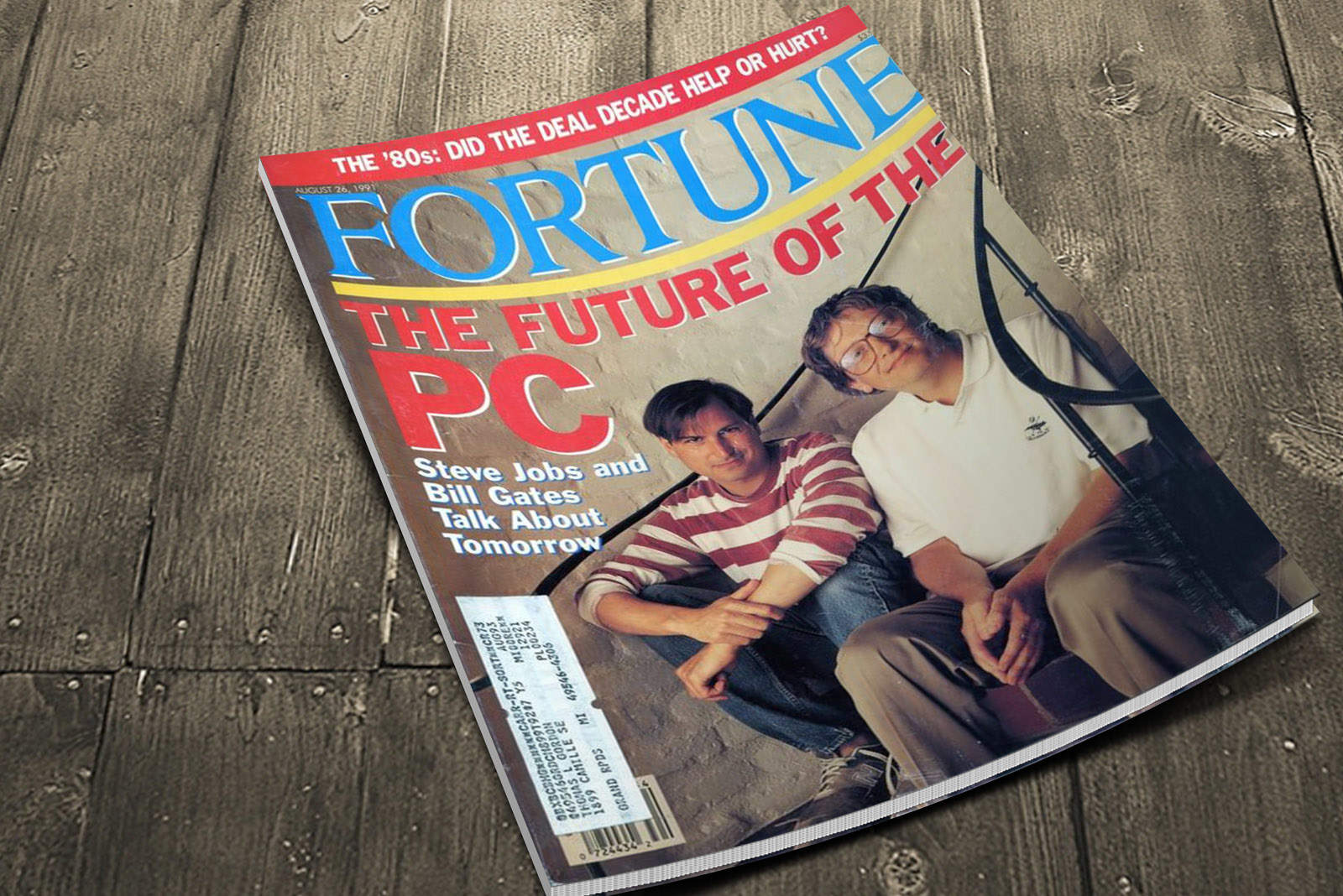
 August 26, 1991: In their first joint interview, Steve Jobs and Bill Gates trade barbs and debate “the future of the PC” in Fortune magazine.
August 26, 1991: In their first joint interview, Steve Jobs and Bill Gates trade barbs and debate “the future of the PC” in Fortune magazine.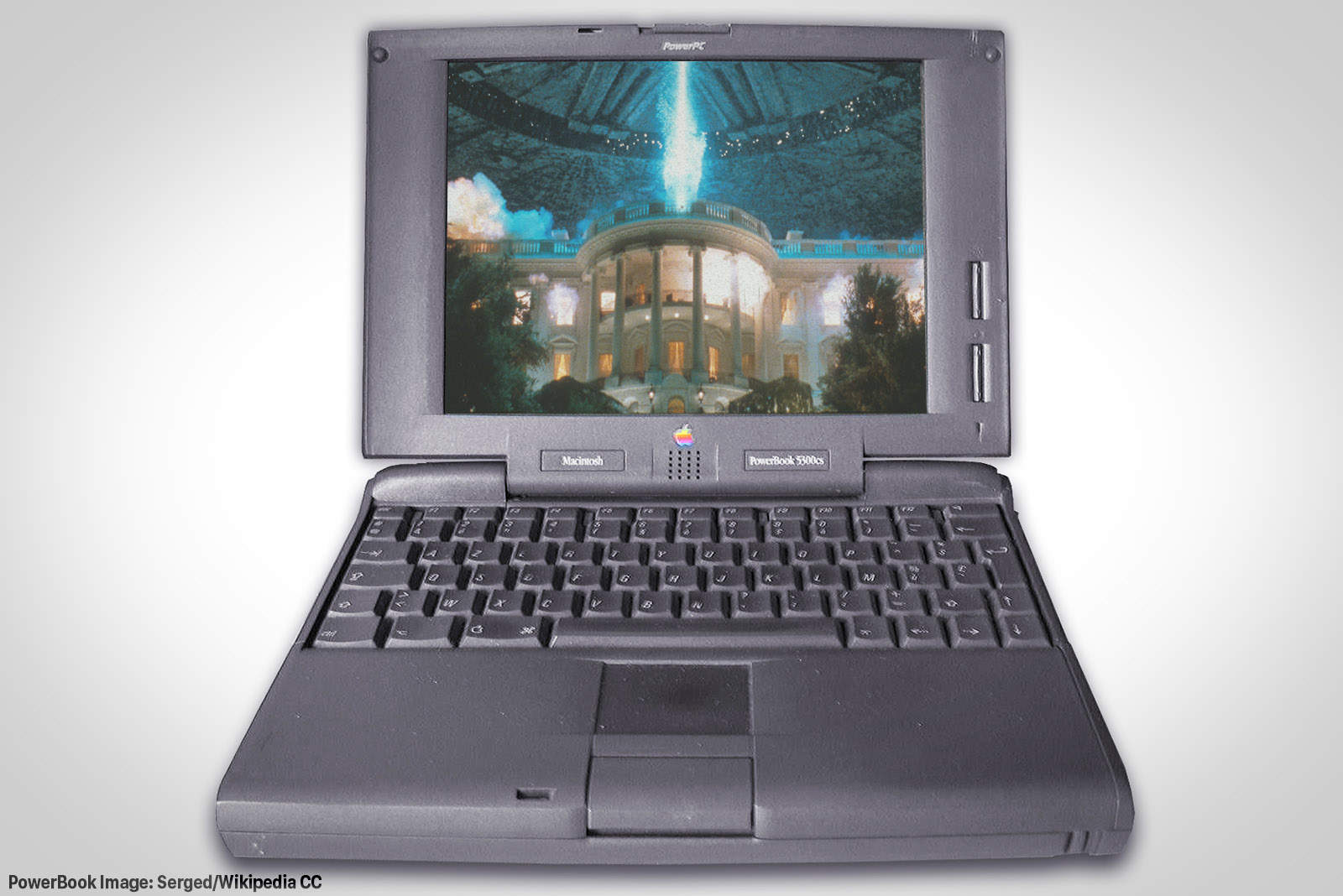
 August 25, 1995: Apple releases the PowerBook 5300, the Mac laptop that will save the world from alien invaders in the 1996 blockbuster movie
August 25, 1995: Apple releases the PowerBook 5300, the Mac laptop that will save the world from alien invaders in the 1996 blockbuster movie 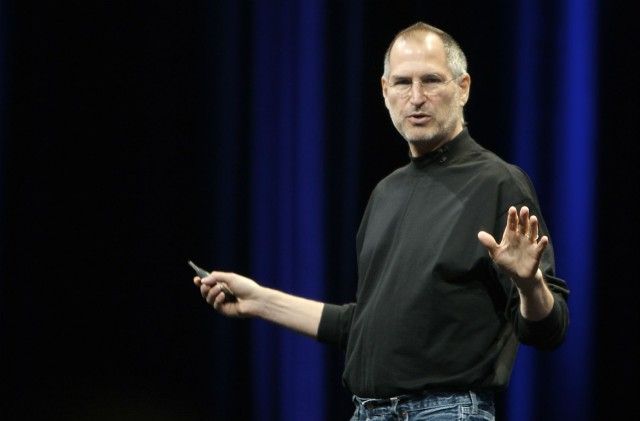
 August 24, 2011: With his health worsening, a cancer-stricken
August 24, 2011: With his health worsening, a cancer-stricken 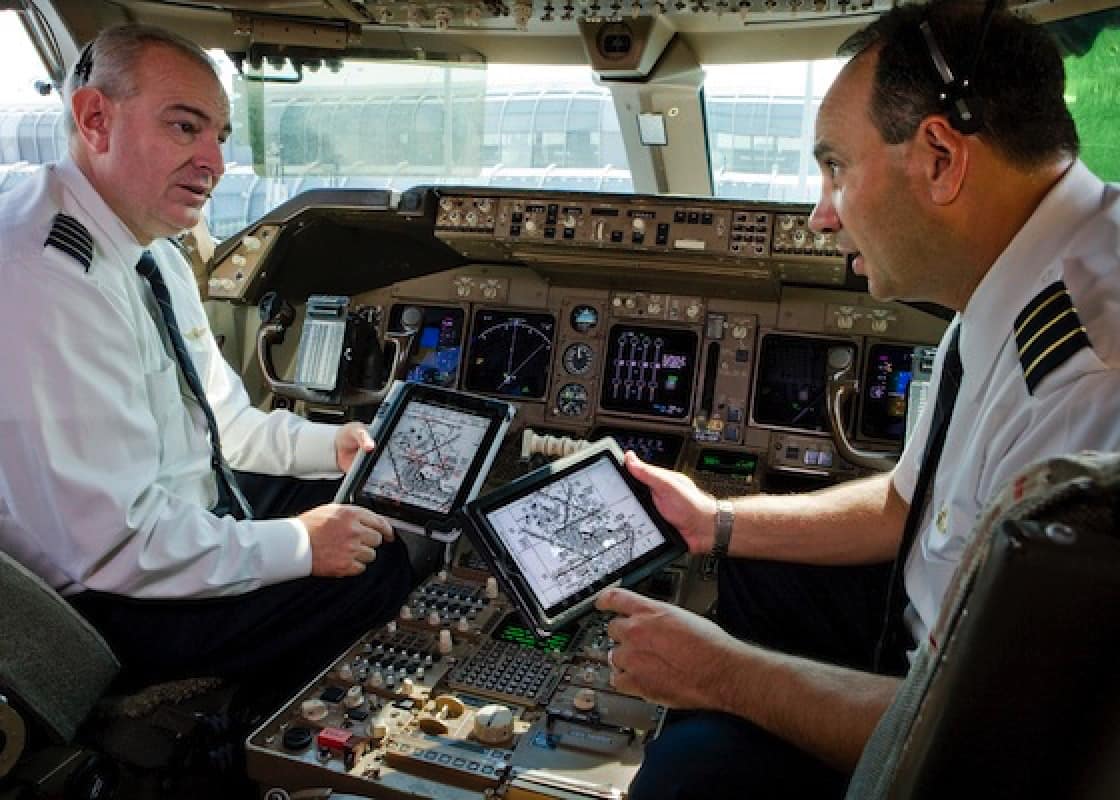
 August 23, 2011: United Airlines says it will hand out 11,000 iPads to its pilots as part of its “paperless flight deck” filled with essential data. It’s the largest rollout yet of Apple tablets as a replacement for the weighty flight bags previously carried by aircrews.
August 23, 2011: United Airlines says it will hand out 11,000 iPads to its pilots as part of its “paperless flight deck” filled with essential data. It’s the largest rollout yet of Apple tablets as a replacement for the weighty flight bags previously carried by aircrews.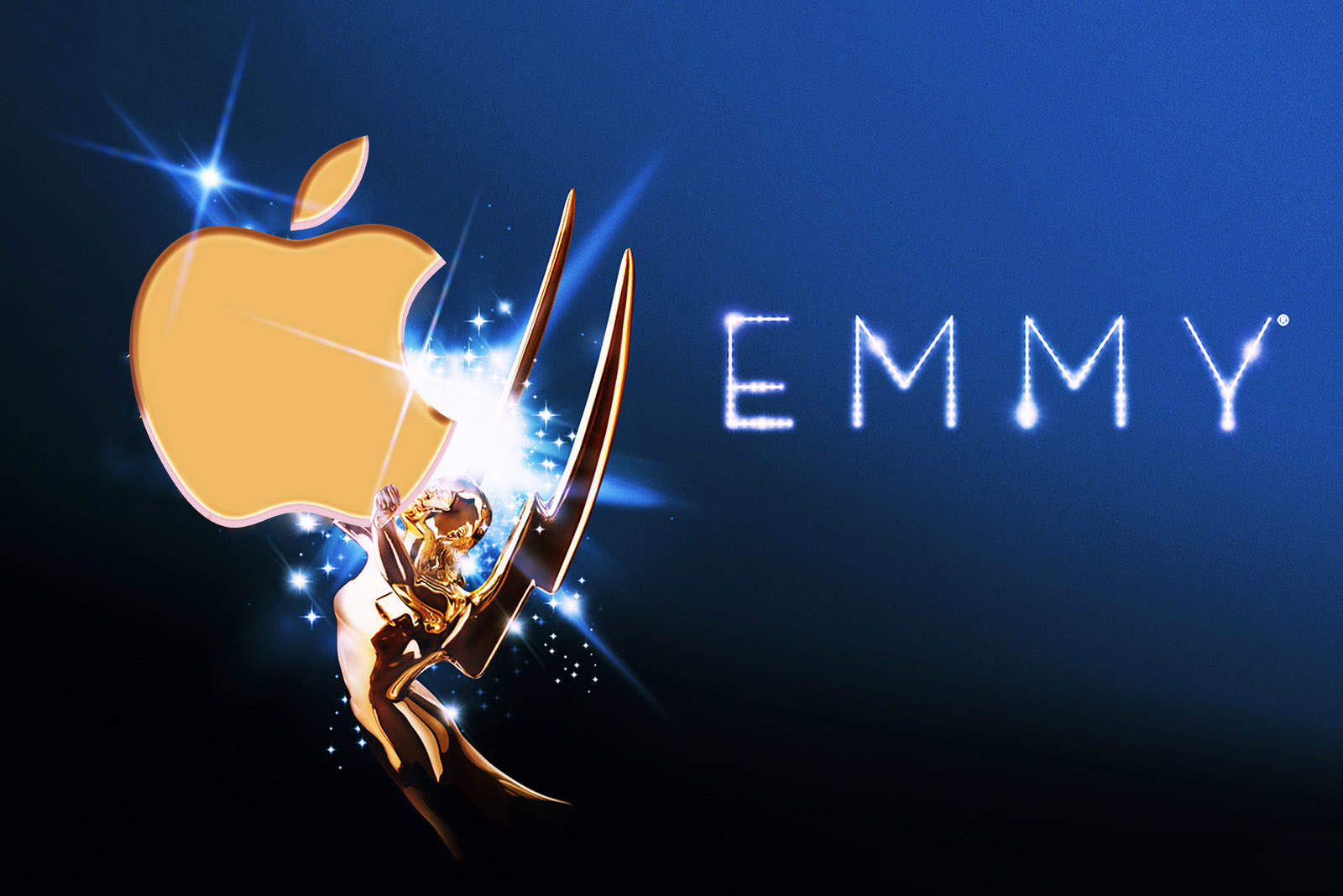
 August 22, 2001: Apple takes home a technical Emmy Award for developing FireWire, the high-speed serial port that allows users to transfer data quickly between a Macintosh and another device, such as a digital camera.
August 22, 2001: Apple takes home a technical Emmy Award for developing FireWire, the high-speed serial port that allows users to transfer data quickly between a Macintosh and another device, such as a digital camera.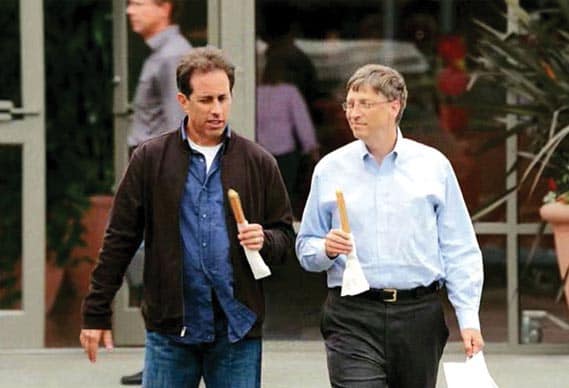
 August 21, 2008: Microsoft recruits comedian Jerry Seinfeld for a series of ads. It’s a naked attempt to shake the company’s reputation as a stodgy oldster (as opposed to Apple’s trendsetting hipster image).
August 21, 2008: Microsoft recruits comedian Jerry Seinfeld for a series of ads. It’s a naked attempt to shake the company’s reputation as a stodgy oldster (as opposed to Apple’s trendsetting hipster image).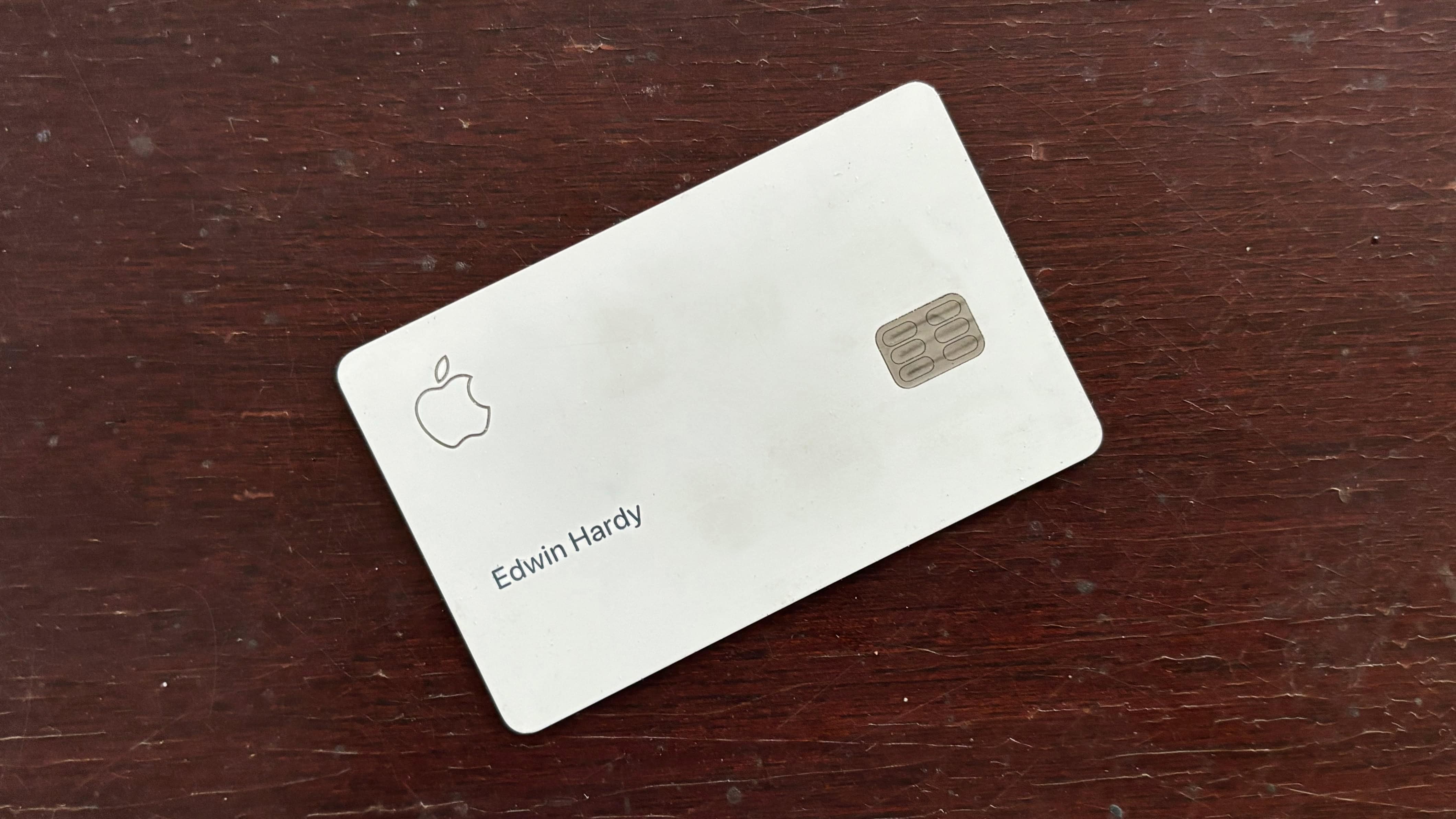
 August 20, 2019: The Apple Card launch brings the titanium credit card to U.S. consumers for the first time. It gives them a new option for payments when Apple Pay isn’t available.
August 20, 2019: The Apple Card launch brings the titanium credit card to U.S. consumers for the first time. It gives them a new option for payments when Apple Pay isn’t available.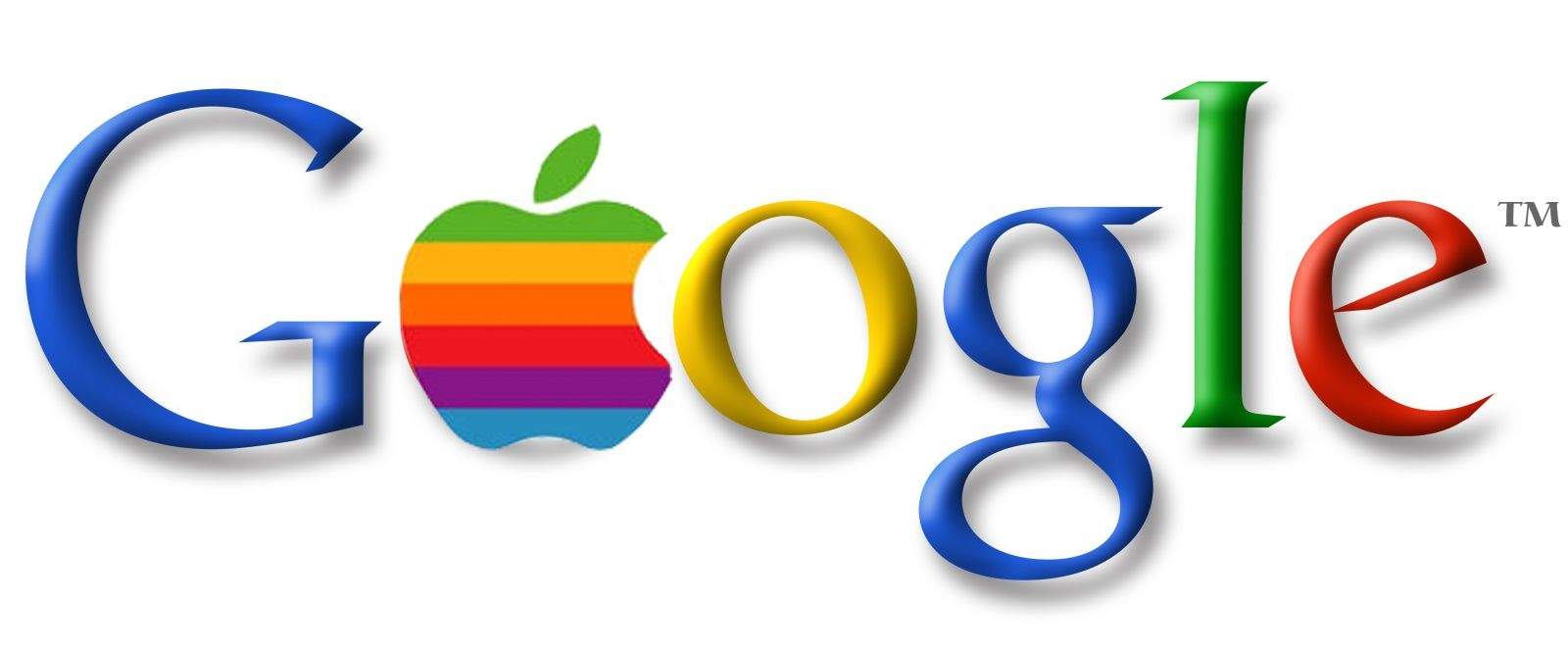
 August 19, 2004: Google floats its initial public offering on the stock market. The Google IPO cements the company’s status as a tech giant, as founders Larry Page and Sergey Brin turn into instant billionaires.
August 19, 2004: Google floats its initial public offering on the stock market. The Google IPO cements the company’s status as a tech giant, as founders Larry Page and Sergey Brin turn into instant billionaires.
 August 18, 2007: A video goes viral on YouTube when 23-year-old internet personality Justine Ezarik, aka iJustine, posts a 300-page iPhone bill mailed to her in a box by AT&T.
August 18, 2007: A video goes viral on YouTube when 23-year-old internet personality Justine Ezarik, aka iJustine, posts a 300-page iPhone bill mailed to her in a box by AT&T.
 August 17, 2012: Apple CEO Steve Jobs’ stolen iPad winds up in the hands of a clown called Kenny, who performs kids’ shows in the San Francisco Bay Area.
August 17, 2012: Apple CEO Steve Jobs’ stolen iPad winds up in the hands of a clown called Kenny, who performs kids’ shows in the San Francisco Bay Area.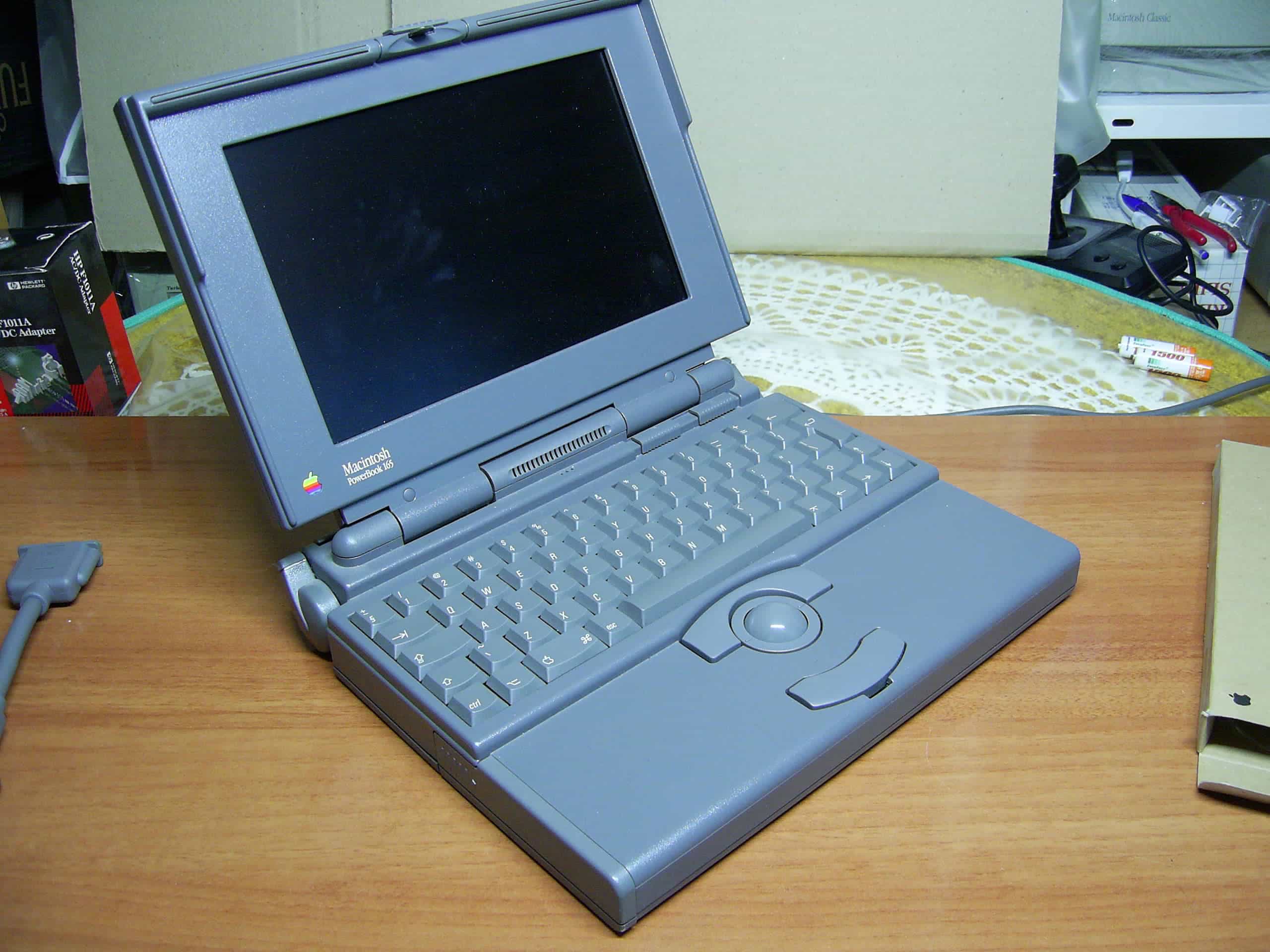
 August 16, 1993: Apple ships the PowerBook 165, a lower-cost, grayscale version of the PowerBook 165c, which was the company’s first laptop to offer a color display.
August 16, 1993: Apple ships the PowerBook 165, a lower-cost, grayscale version of the PowerBook 165c, which was the company’s first laptop to offer a color display.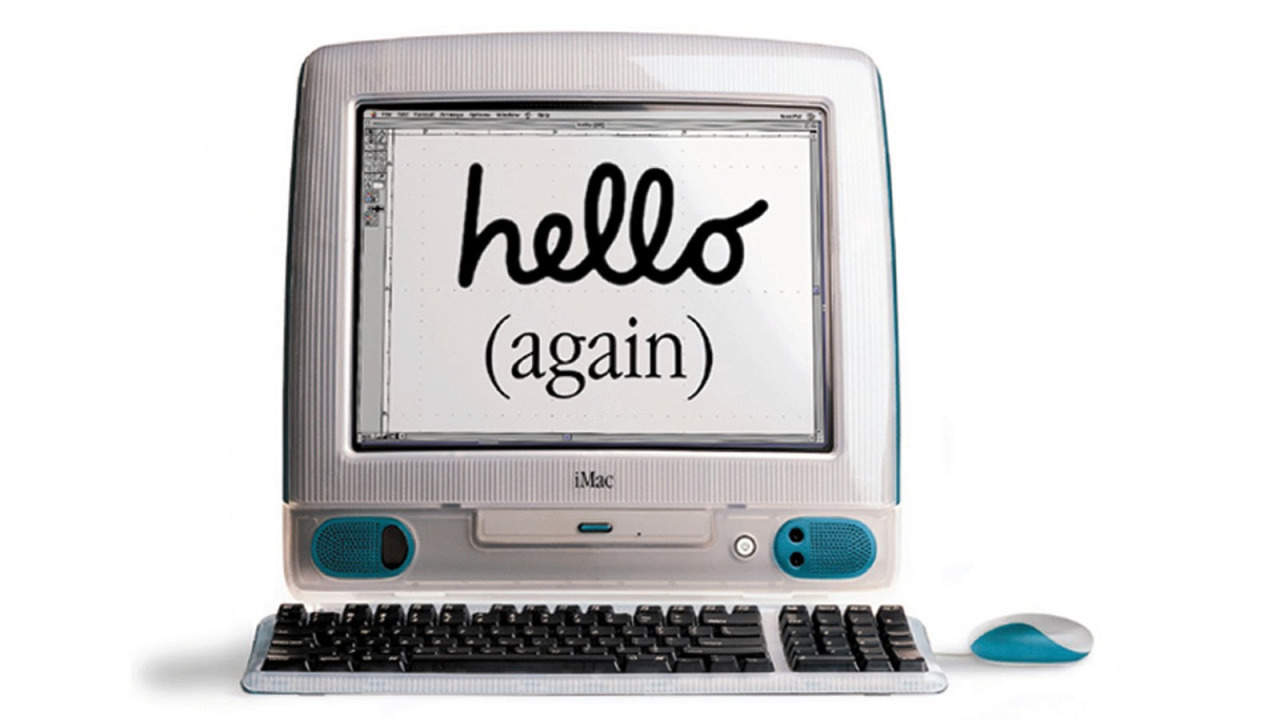
 August 15, 1998: The original iMac — Apple’s brightly colored, translucent Macintosh relaunch — goes on sale to a rabid audience. Apple co-founder
August 15, 1998: The original iMac — Apple’s brightly colored, translucent Macintosh relaunch — goes on sale to a rabid audience. Apple co-founder 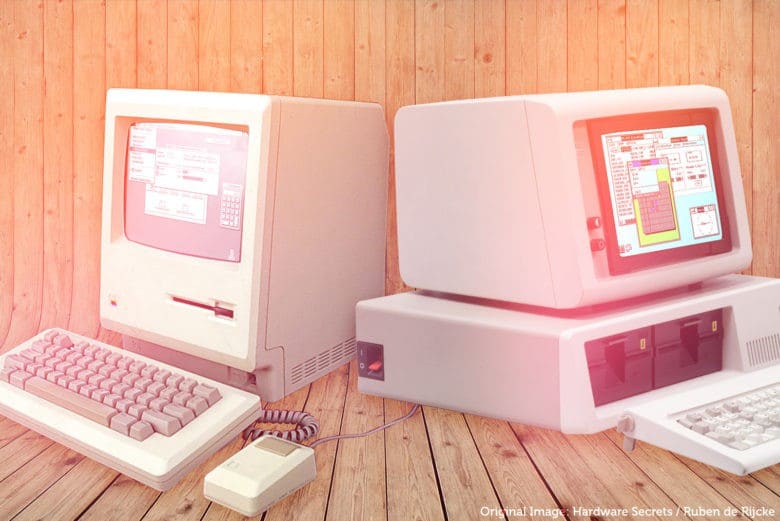
 August 14, 1991: As Apple and Microsoft head to court to battle each other, the tide begins to turn against Cupertino and its claims that Windows unlawfully copies the look and feel of Mac OS. A judge’s ruling calls into question the basic tenet of Apple’s copyright lawsuit against Microsoft over Windows 2.03.
August 14, 1991: As Apple and Microsoft head to court to battle each other, the tide begins to turn against Cupertino and its claims that Windows unlawfully copies the look and feel of Mac OS. A judge’s ruling calls into question the basic tenet of Apple’s copyright lawsuit against Microsoft over Windows 2.03.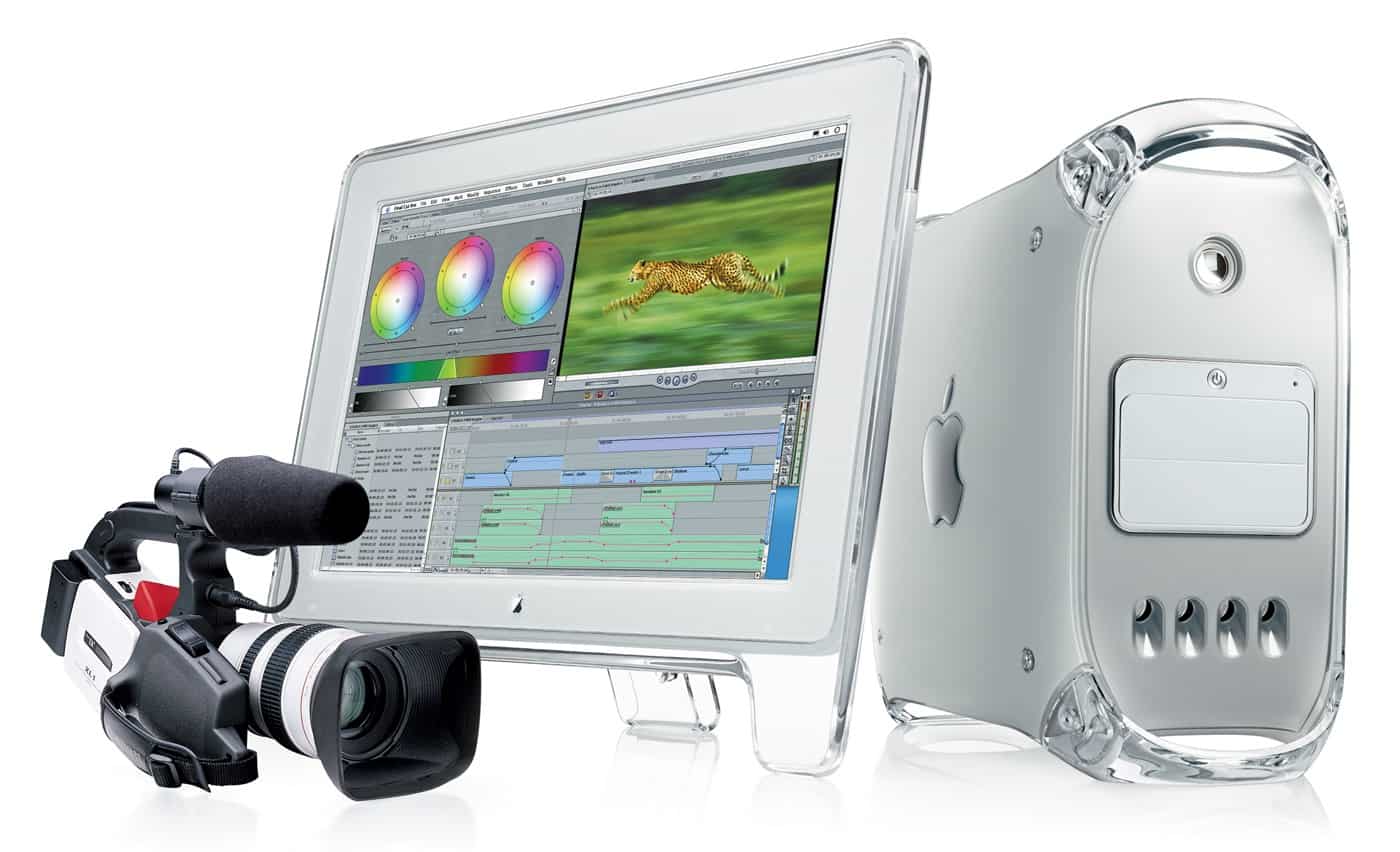
 August 13, 2002: Apple unveils the final face-lift for its Power Mac G4, the Mirrored Drive Doors model.
August 13, 2002: Apple unveils the final face-lift for its Power Mac G4, the Mirrored Drive Doors model.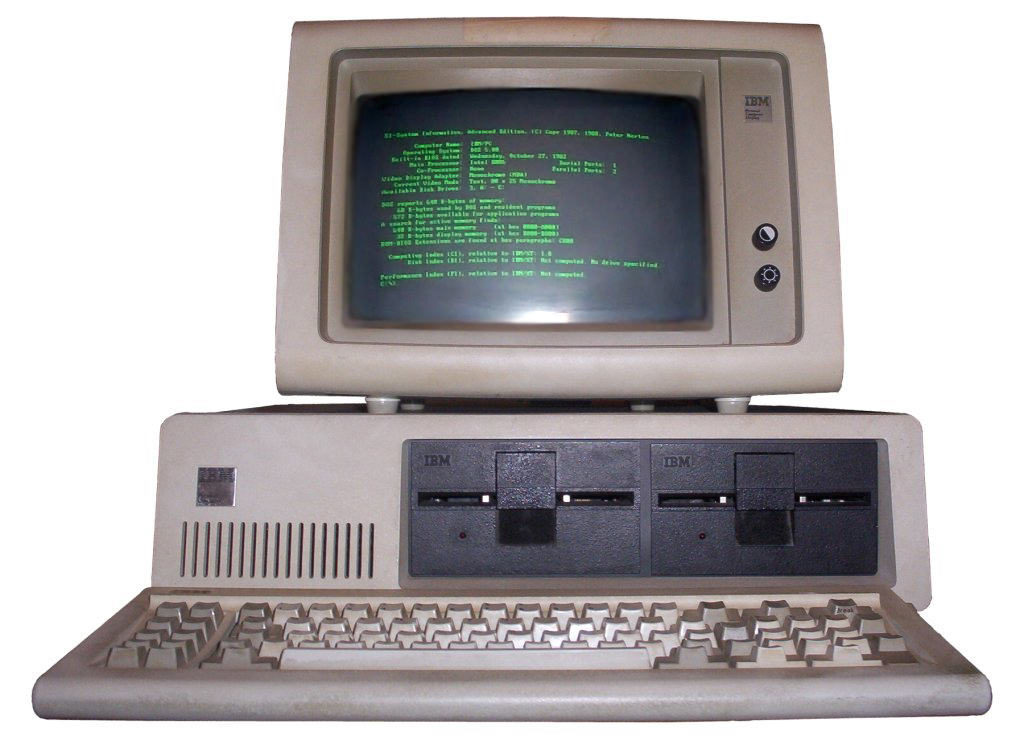
 August 12, 1981: The launch of the IBM Personal Computer ignites a long-running Apple-versus-PC rivalry.
August 12, 1981: The launch of the IBM Personal Computer ignites a long-running Apple-versus-PC rivalry.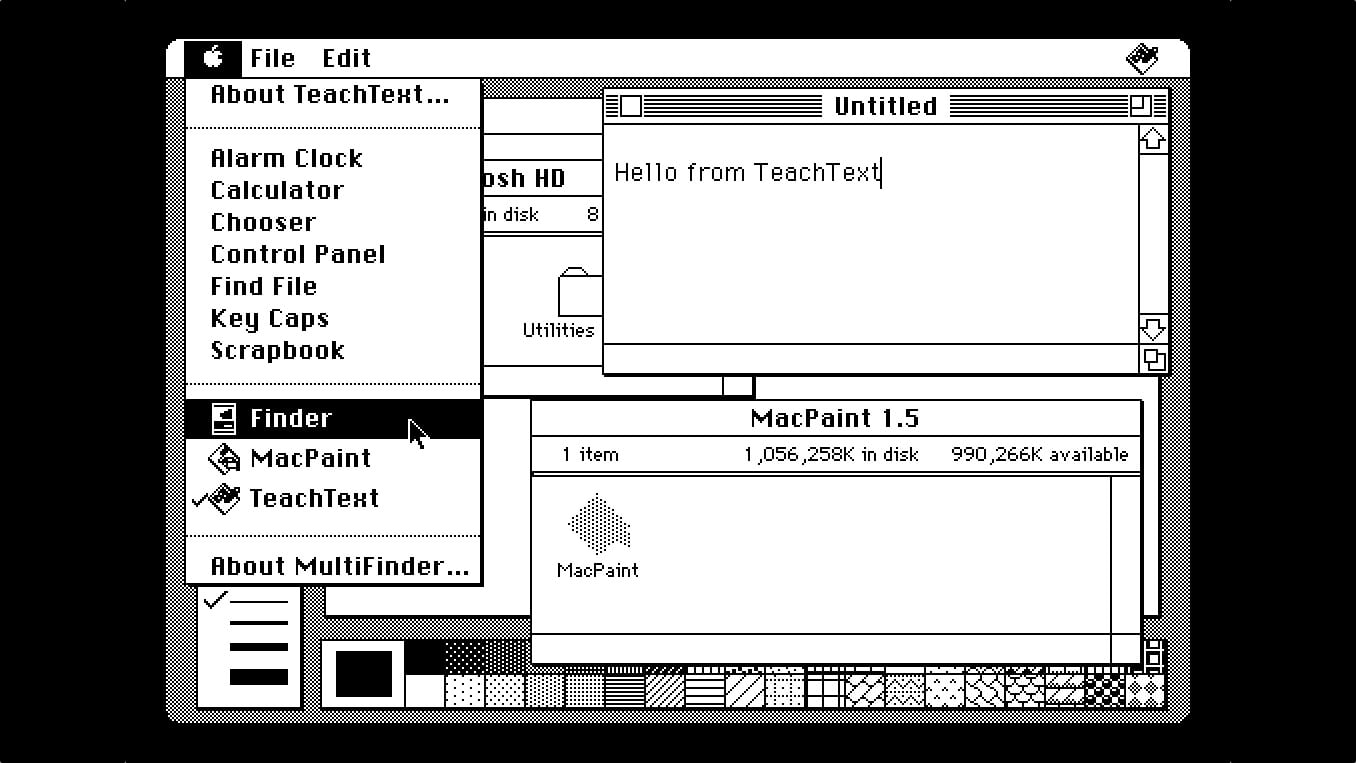
 August 11, 1987: The MultiFinder app brings the biggest software update to the
August 11, 1987: The MultiFinder app brings the biggest software update to the